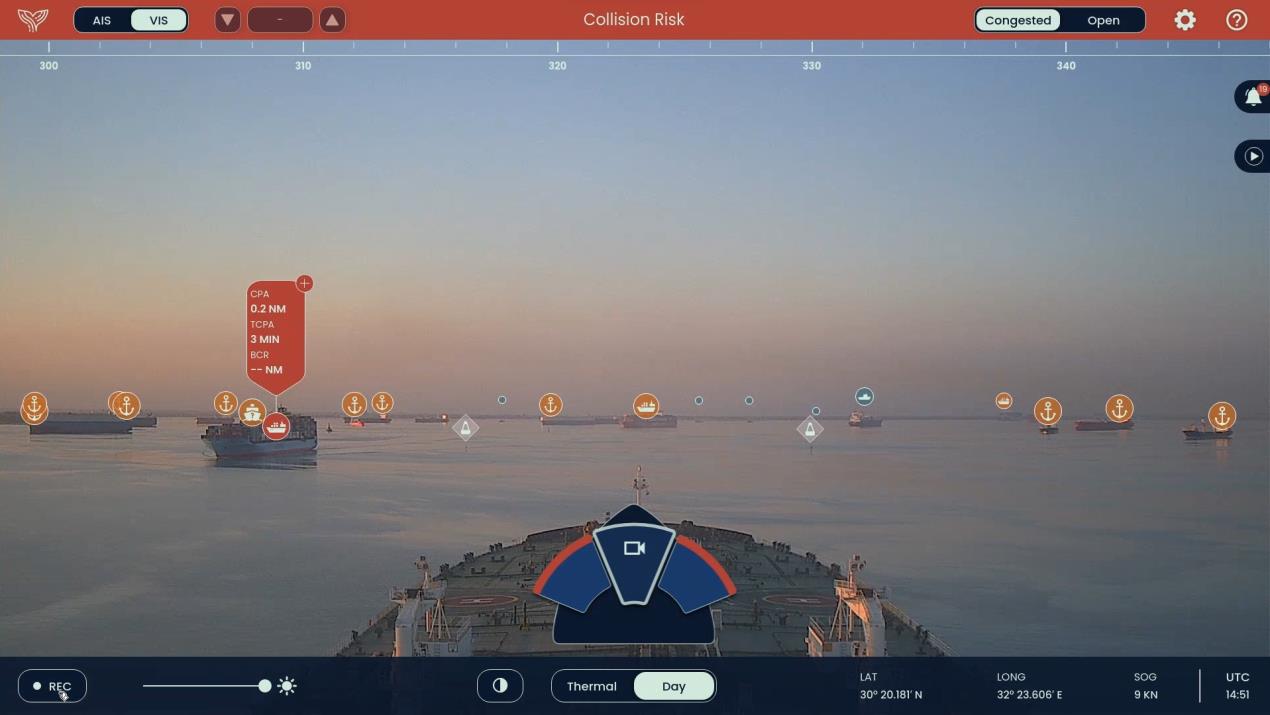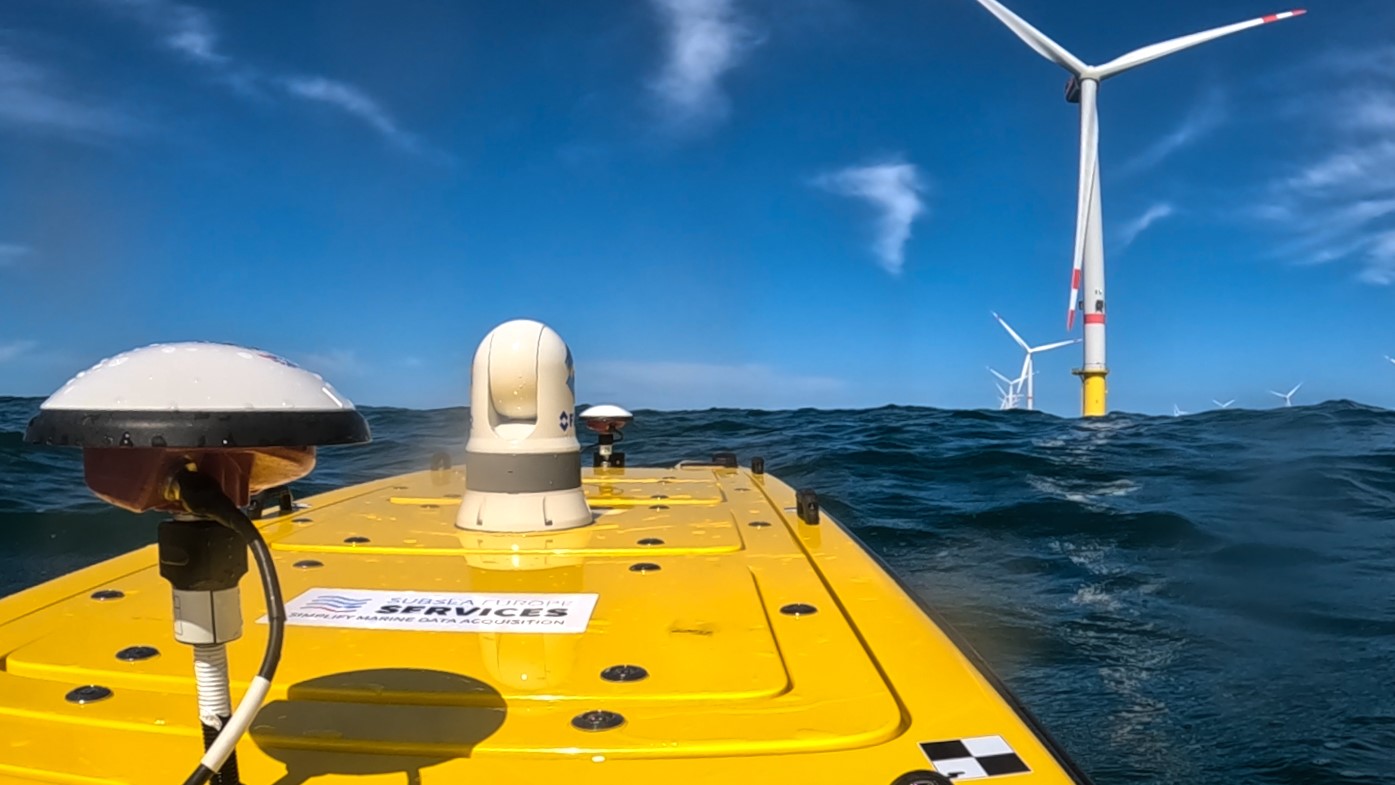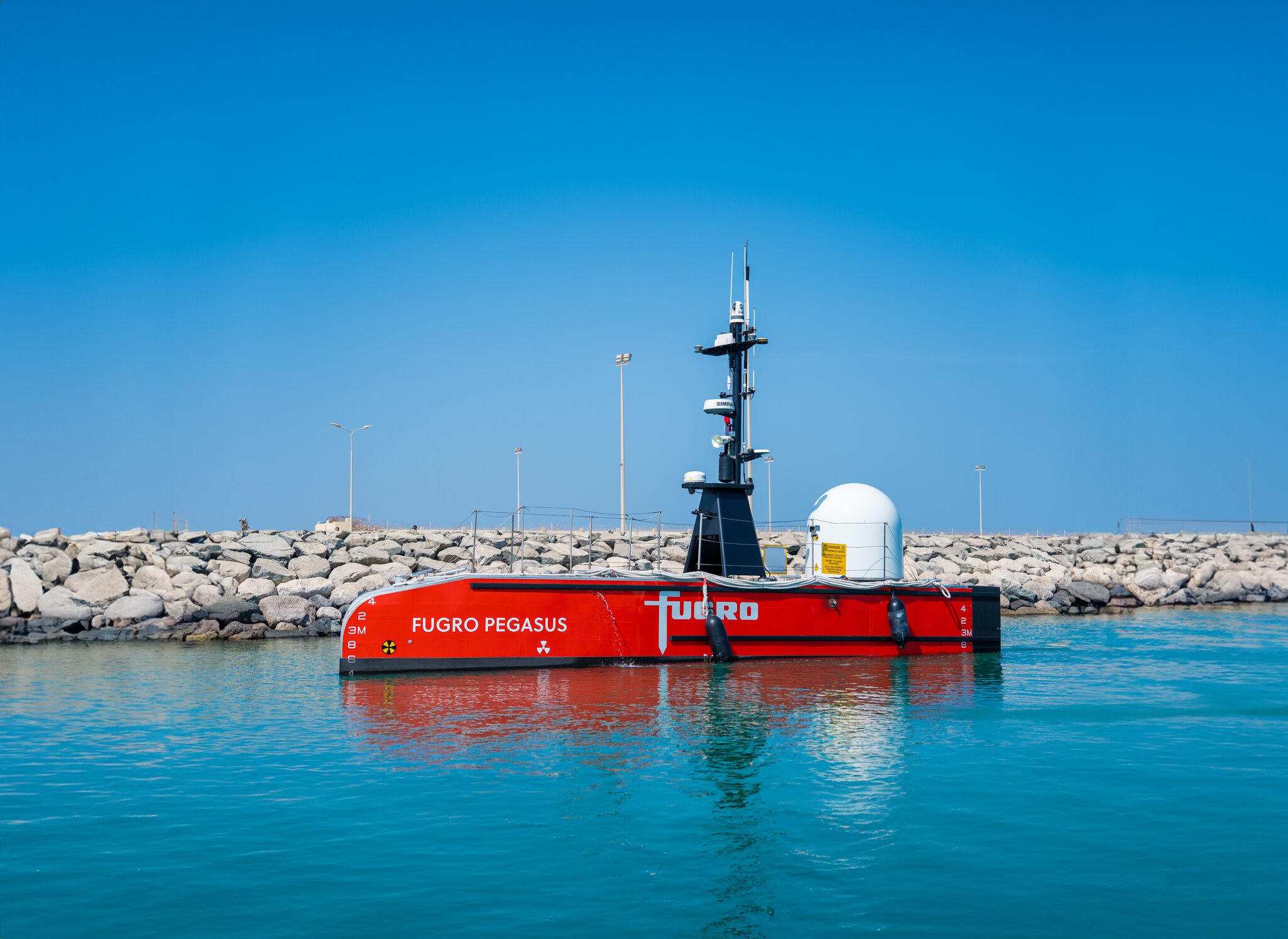OVER 2015 and 2016 there was a flurry of interest in using drones in the maritime and other sectors. There still is (maritime exhibitions have an obligatory drone display and the constant buzz of them flying around as they are shown off), but the hype following the talk of companies such as Amazon use them to drop your package off on your lawn has died down, and a more practical realism has settled in.
For shipping there are two distinct benefits of using drones. One is to aid onboard deliveries by a ship agent, allowing an important parcel to be delivered where using a launch boat may be costly or dangerous, and secondly by class societies to enhance inspections, notably areas where access is difficult or risky.
Drone drops
Earlier this year Wilhelmsen Ship Services said it was turning to drones to get moderate sized packages sent out to vessels as they are at anchor near port.
While such services would not deliver large and non-critical packages (they would wait until a vessel is berthed to be delivered), they could be used for the delivery of critical documents, medical supplies or emergency spares (up to a certain weight).
WSS notes that there are also significant cost savings to be made by not having the expense of a launch and crew to to out to a vessel at an anchorage.
Drone data
This video (from late last year) by UK-based drone inspection firm Sky-Futures shows what data can be collected from drones. It is far far more than beautiful wide angle aerial shots that many perceive drone photography to be.
Some class societies begun making use of drones for aerial inspections a couple of years ago. A high resolution camera mounted on a sturdy drone can gain valuable photographs and videos of hard to reach parts of a tank or superstructure, ares where a surveyor would have had to spend significant time and money erecting scaffolding to gain access.
Additionally the risks associated with people going into enclosed spaces are mitigated when the surveyor can remain on a tank top while the drone does the work.
Sky-Futures has also been looking at services that include using infra-red to gain accurate measurement and then storing the data to allow repeated drone flights to quickly pick up any deterioration in a surface’s condition.
Here’s some footage from a DNV GL inspection.
For inspection of cargo tanks or other enclosed spaces there is the risk of the drone hitting a bulk head, stringer, underside of a hatch coaming or tank bottom. Hence the development of collision resistant drones. Note the mesh protective ball surrounding the drone in the video by drone maker Flyability below.
Drones are also capable of underwater inspection, though these are more commonly known usually as ROVs, or remote operated vehicles. They are though quite often tethered, meaning there is a control umbilical cable that feeds visual information back.
Fathom-News


































